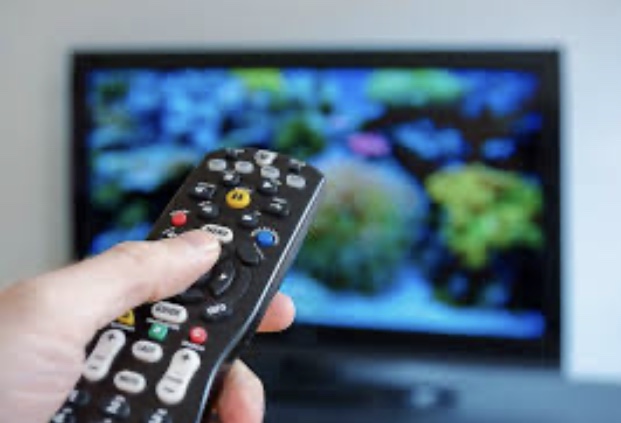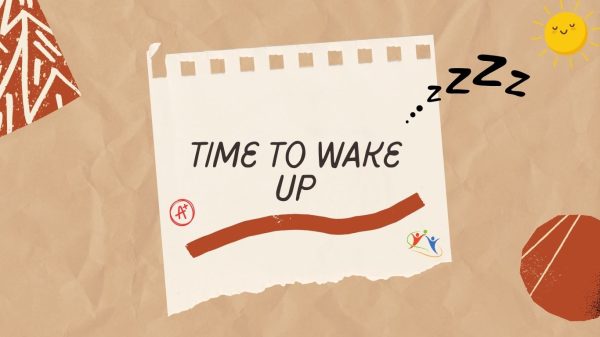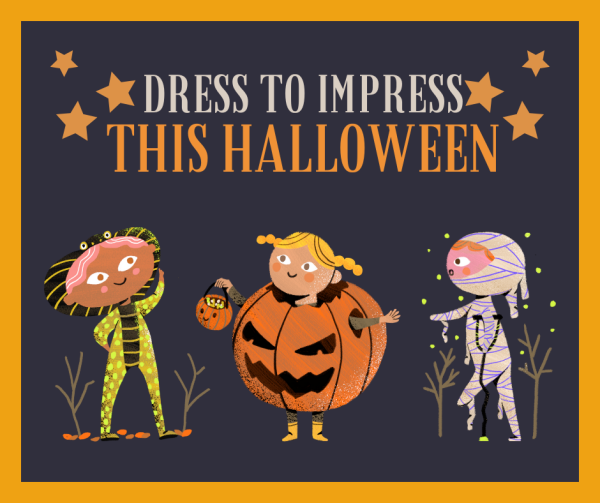Why Cable TV is Dying
Photo by Creative Commons
Younger generations are moving away from traditional cable tv and toward streaming services that offer a wide selection of television and movies on demand.
Cable TV has been around since the mid twentieth century and has only evolved over time. Back then, only a handful of channels were available to a limited amount of the population. In the late twentieth century however, cable television had reached about half of the houses in America. Now, U.S. cable networks provide hundreds of channels and programs to about sixty million houses in the country. People rely on cable television to watch their favorite shows, stay up to date on news circulating around the country, or even as a way to pass time with family and friends. The problem is you can now do all of these things on streaming services. Services like Netflix, Hulu, and Disney+ are growing more and more popular, and becoming seemingly more appetizing than cable TV for many reasons. In this article we will explore why streaming services are growing more favorable, why cable TV is becoming less popular (especially amongst the pandemic), why people still have cable, and what the future of cable television looks like with the Gen-Z population.
Why streaming services are growing more favorable and cable TV is not:
- Streaming services are easier to set up:
To stream services like Netflix and Hulu all you have to do is download an app and sign in, all of which takes only a few minutes. For cable TV, the process is much more tedious. Most of the time, someone has to physically come in to your house to install all the necessary equipment before you can commence watching your shows. Aside from installation, people may require in-person tech support if they have a problem with their cable. This is often time-consuming and inconveniencing. And nowadays with this new COVID-19 reality, many people don’t feel comfortable with the idea of someone entering their house for an extended amount of time, regardless if they are wearing the proper protection. This can turn people off on the idea of getting cable television installed and opting for a more convenient, contactless service like streaming services.
- Streaming services are cheaper and require less commitment:
Often times, cable TV is installed through plans which locks consumers into a binding contract for a certain period of time (Source 2). That’s why some opt for streaming services so they don’t feel trapped, like cable companies often make their customers feel. Streaming services draw people in with the promise that they can cancel their service at any time. This significantly decreases the stress of some people and allows more people to approach their television needs with ease. Not only are these services more flexible, they are cheaper too. Netflix charges only $15.99 for its premium plan, while Disney Plus is $6.99. Cable TV cannot compare with these prices. Customers are often asked to pay tens of dollars for way less content in comparison with that which can be received from these streaming services.
- Streaming services are more accessible:
For the most part with cable TV, you are restricted to only being able to watch on your television. With streaming services, you can also watch them on your television (with devices such as Roku TV), plus any other place you can download apps. This widens your watching availability to not just your TV, but your computer, phone, tablet, and many more other devices. So now you can watch your favorite shows on the go! In the car (if you are not driving of course), in the waiting room of a doctor’s office, you name it!
- No more annoying commercials:
Sure, there are some who enjoy these breaks in programs, but the rest of us know how much commercials can absolutely suck. They interrupt the program you set out to watch, and usually do not relate to your life in the slightest. With streaming services, you can go from episode to episode without interruptions, allowing you to watch your programs in peace.
Why some have stuck with cable:
- Age difference:
Adults who are much older are more likely to use cable. (Source 3). After all, it is what they have known for the majority of their life, and they don’t want to part with something familiar that already works for them which can make many apprehensive to switch to streaming services.
- Not all shows are available on streaming services:
While streaming services try to offer content that appeals to the majority of their consumers, sometimes they don’t hit the bullseye. For those with a favorite show that is not offered on a streaming service, they may be reluctant to make the switch. For instance, some older television programs are more likely to not be on streaming service but are featured in re-runs on a specific channel on cable, which may make people keep cable for that very reason.
- Keep up with shows when they air:
While cable airs TV shows by episode, on streaming services like Netflix, programs are available by season which makes it easier to binge a show. But in order to do this, Netflix must wait until the entire show airs on cable, and this can take up to a year. For people who want to avoid spoilers, don’t have that much patience, or just want be up to date on their show, cable television may be more appealing.
The Future:
In summary, the people who still watch television via cable are easily outnumbered by the people who currently rely on streaming services. More Gen Zs prefer watching programs on their smartphones, so streaming services are obviously more convenient for them to watch their favorite programs on. According to a survey, only eighteen percent of Gen Zs watch cable television anymore. With these numbers at an all-time-low and steadily decreasing, the future for cable television does not look too bright.












